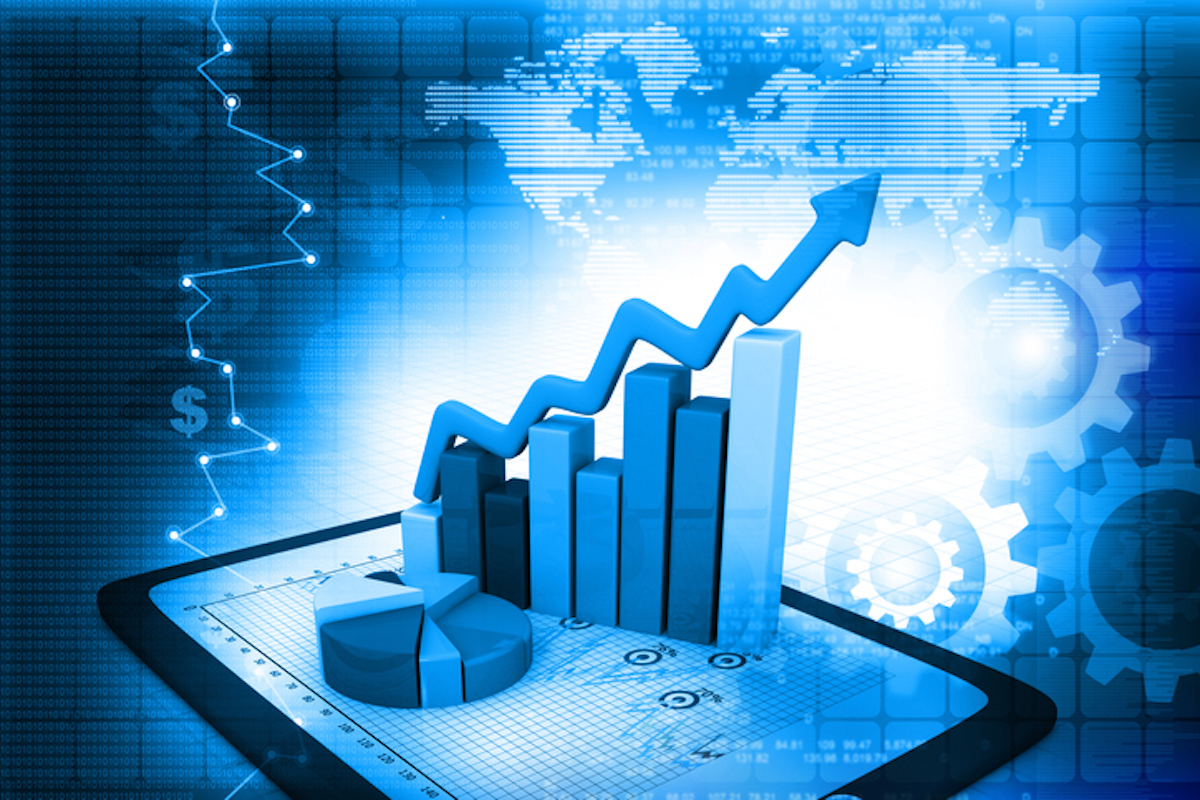India’s blue economy and its interconnectedness with the future of the Indo-Pacific region both in terms of maritime security and economic development is projected to be a key driver of prosperity and power in the coming decades. But, as Ambassador (Retd) Rajiv Bhatia of the Mumbai-based think-tank Gateway House pointed out recently, discussions in the public sphere have hitherto been focused on maritime security, strategy, and geopolitics, while economic development has received less attention. He argues for an effort to correct this imbalance by creating awareness on how to harness the potential of the region’s blue economy ~ its vast resources and opportunities. The former diplomat’s intervention is timely as it comes in the wake of consternation among policymakers and strategic thinkers over the development of Russia’s hybrid warfare in its invasion of Ukraine and its impact on the Indo-Pacific.
These concerns came to the fore at an event organised jointly by the National Bureau of Asian Research (NBR) and the Nakasone Peace Institute (NPI) last month, where the consensus was that the Ukraine conflict has provided a dramatic example of how Moscow, in addition to its conventional forces, has employed economic coercion through curtailment/diversion of energy resources and food supplies in a combined strategy against Ukraine. The worry is that the second-order effects of this hybrid strategy will spill over into other regions, particularly the Indo-Pacific. For India, which has finally reached a stage where the government is now keen to proactively harness the potential of the country’s blue economy, the journey has not been easy. For over five decades post-Independence, New Delhi concentrated on its role as a constituent of the vast Asian land mass with a resultant policy posture of “sea-blindness.”
Advertisement
But the past two decades have seen a paradigm shift in this thinking. As India pivots towards a more active maritime foreign policy, a leading scholar even suggested the country’s “maritime moment” had arrived. But what does that mean in economic terms? The Federation of Indian Chambers of Commerce and Industry (FICCI) through the publication of two major knowledge papers in 2017 and 2020 has played a significant role in specifying the business convergence and investment opportunities in the region. Experts also agreed that Sagarmala, the Indian government’s maritime development programme, has been designed keeping such inputs in mind. As Mr Bhatia writes: “Announced in 2015 and set to continue for 15 years, it strives to convert coastal areas into economic centres for regional and global maritime connectivity. It encompasses port modernisation, construction of new ports, connectivity enhancement, port-linked industrialisation, and sustainable development of coastal communities.
It envisions an investment of $13.23 billion.” The release of ‘India’s Blue Economy: A Draft Policy Framework’ by the Economic Advisory Council to the Prime Minister in late 2020 was another milestone in the evolution of India’s blue economy policy. India’s drive to leverage its blue economy and synchronise it with its ‘blue diplomacy’ is of the essence. A key strategic aim, based on mutually beneficial economic interests, would be for India to develop its blue economy in conjunction with those of Australia, Japan and the USA, the other three members of the Quad.
